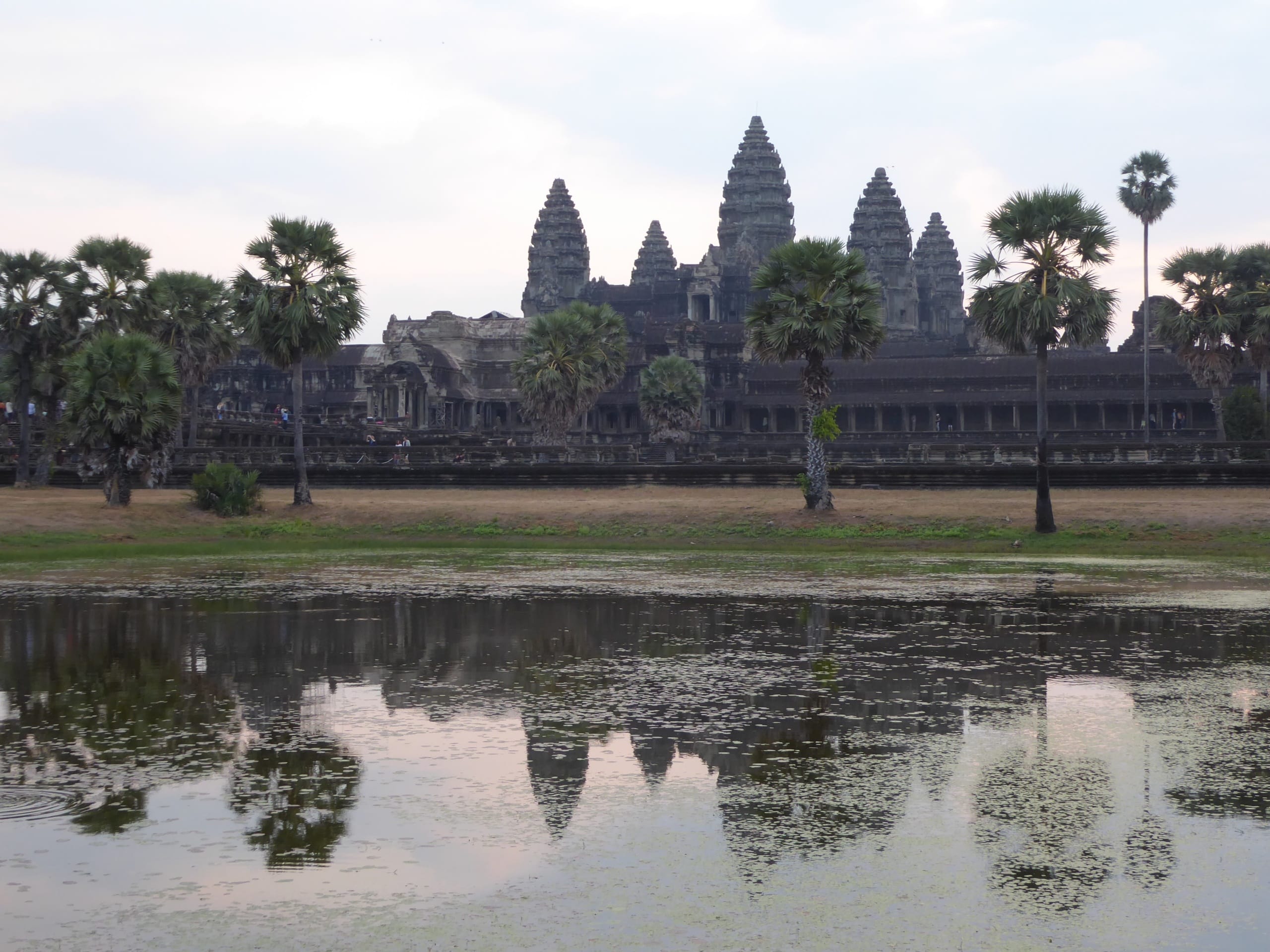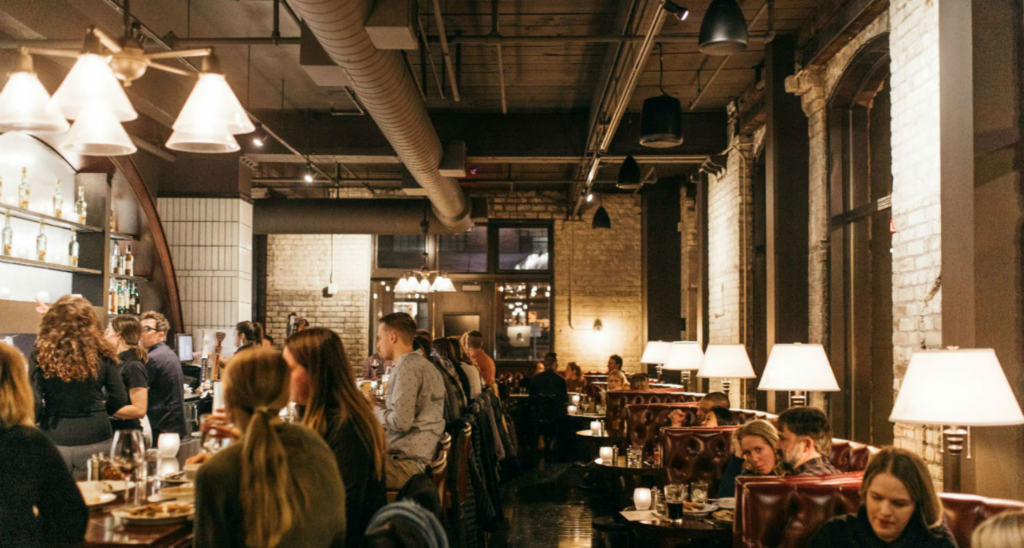February 26, 2016
Cambodia is known distinctly for two very different reasons: Angkor Wat and the Killing Fields.
The former brought us here. The latter taught us about the incredible Khmer people.
Our first day in Siem Reap was perfect. We didn’t go right to the center of the Universe (aka Angkor Wat), we actually got to see the countryside and meet the people. It is a young country that has gone through the unimaginable and unspeakable in our contemporary generation, and they smile, work hard, welcome and move forward.
It was here that we learned about Cambodia’s history from the very people who lived it. They grew up playing soccer on the grounds of the undiscovered temples, including Angkor Wat, and in their youth and teenage years, they lost family to the Khmer Rouge and Pol Pot. (Trivia question: What does Pol Pot stand for? Political Potential.)
We came to Cambodia to see Angkor Wat and when we left it was almost an afterthought.
What is so remarkable about the temples in Cambodia is that the buildings they created were the highest form of architecture without any context or reference to Greek or Roman architecture. The majesty, elegance and beauty was completely homegrown.
Don’t get me wrong, the Temples of Angkor are truly amazing. There are thousands, and we had the opportunity to hike and bike among many of the that ranged from both the famous and the small and overgrown. On our Backroads bikes, we literally got to see miles of the temple grounds and stop at our leisure to discover them.
Ta Prohm is the temple with the trees that have encapsulated everything with their long fingers and toes. The locals like to reference that Tomb Raider was filmed there, but that almost takes away from the sheer beauty. We learned about the people and the society that built this and lived here in 1100. When you’re from a country where the 1700’s are unheard of, this is pretty significant. From there, our next major stop (with many many temples on the way) was Angkor Thom. The north gate was the first major wow.
From the North gate, and before touring the Bayon Temple, we received a water blessing from a Buddhist monk. For the fellow Catholics, this is not a light sprinkle. As our guides Jason and Lauren said, it’s like jumping into a pool. Or when your older brother doused you with a hose in the backyard. Over and over.
So what do you do when you’re now soaked and blessed? Tour the Bayon temple, of course.
It’s known for the faces. Each tower emerging from the temple has four faces, one on each side. The view from afar was magical. Up close, what gets you is the detail of the carving.
When you study the bas-reliefs up close and hear about how they were carved in 1100, it’s hard to wrap your mind around it.
So much for the foreplay. Up at 5:00 a.m. to head over to Angkor Wat for sunrise. Us and a few thousand of our closest tourist friends (although still not nearly as bad as Taj Mahal, Macchu Picchu, etc.)
The light started to come up in sky when we got our very first view of Angkor Wat. From the west side, we saw the prominent towers (or lotus leaves). As we approached, we learned more of the story of how a Frenchmen claimed to have discovered it looking for butterflies in the early 1800’s. Even though through history, it was continually used for religious purposes, it was never recognized on an international scale until the 1800’s. What history fails to mention is that a local guide showed Angkor Wat to Henri Mouhot, the Frenchmen who claimed the victory of discovery. But, the local Cambodian people didn’t even believe their predecessors were capable of building such a treasure.
Angkor Wat is a must (even though we actually liked the Bayon temple a bit better). It’s the largest religious monument in the world built as Hindu temple and transformed to a Buddhist temple at the end of the 12th Century. It’s getting touristy, but it still teaches you about a culture and society that is and always has been poor and unrecognized, without reason. After the first impression, tour the temple galleries, study the bas-reliefs and don’t stand in line to go to the top.
Siem Reap is small and charming, even though it falls well beneath the Angkor Wat shadow. It would probably take 15 minutes to walk the entire town, but it is ruled by the tuk tuk’s. For a few dollars, you can go anywhere. The small city center includes a basically an old market, a night market and Pub Street.
The not to miss places include the Artisans market, that actually shows how they hand carve the wood or soap stone Buddha’s and apsaras.
For restaurants outside of the hotels, lunch is great at The Square 24, and dinners can include Aha or Viroth’s. Red Piano, on the corner of Pub Street is a great stop for a drink. Try the amok, a signature dish (steam cooking in banana leaves).
For hotels, the Raffles is a decent choice, but if you want an incredibly memorable hotel experience, spring for the Amansara.
Even though they don’t make wine in Cambodia, we still loved it. Oh, yeah, and they do make rice wine (or Khmer moonshine), and of course we found it.



